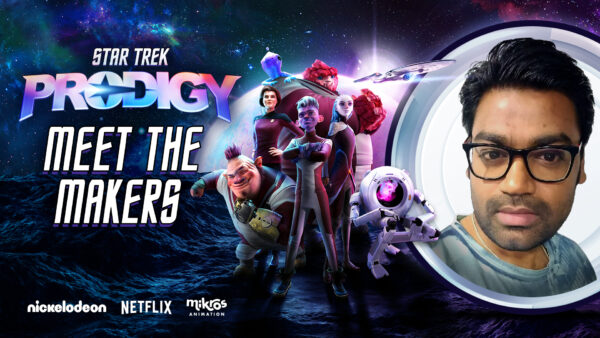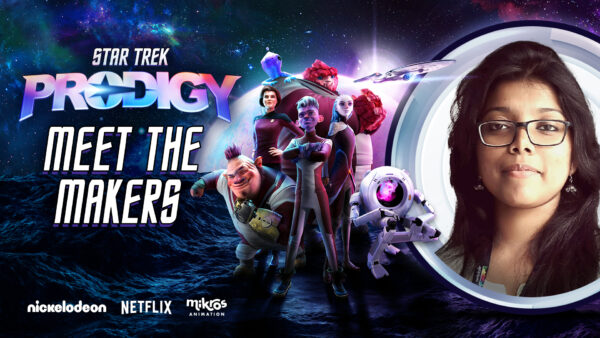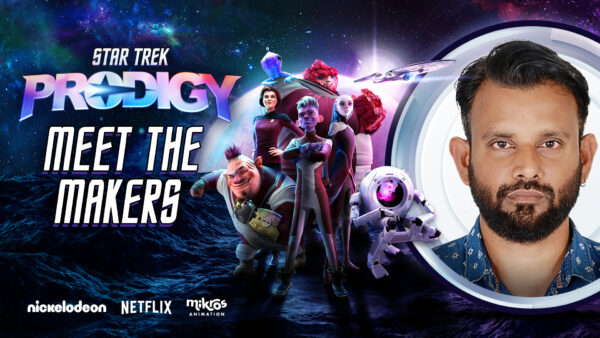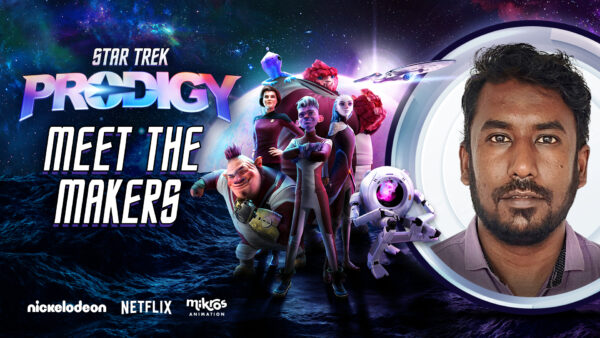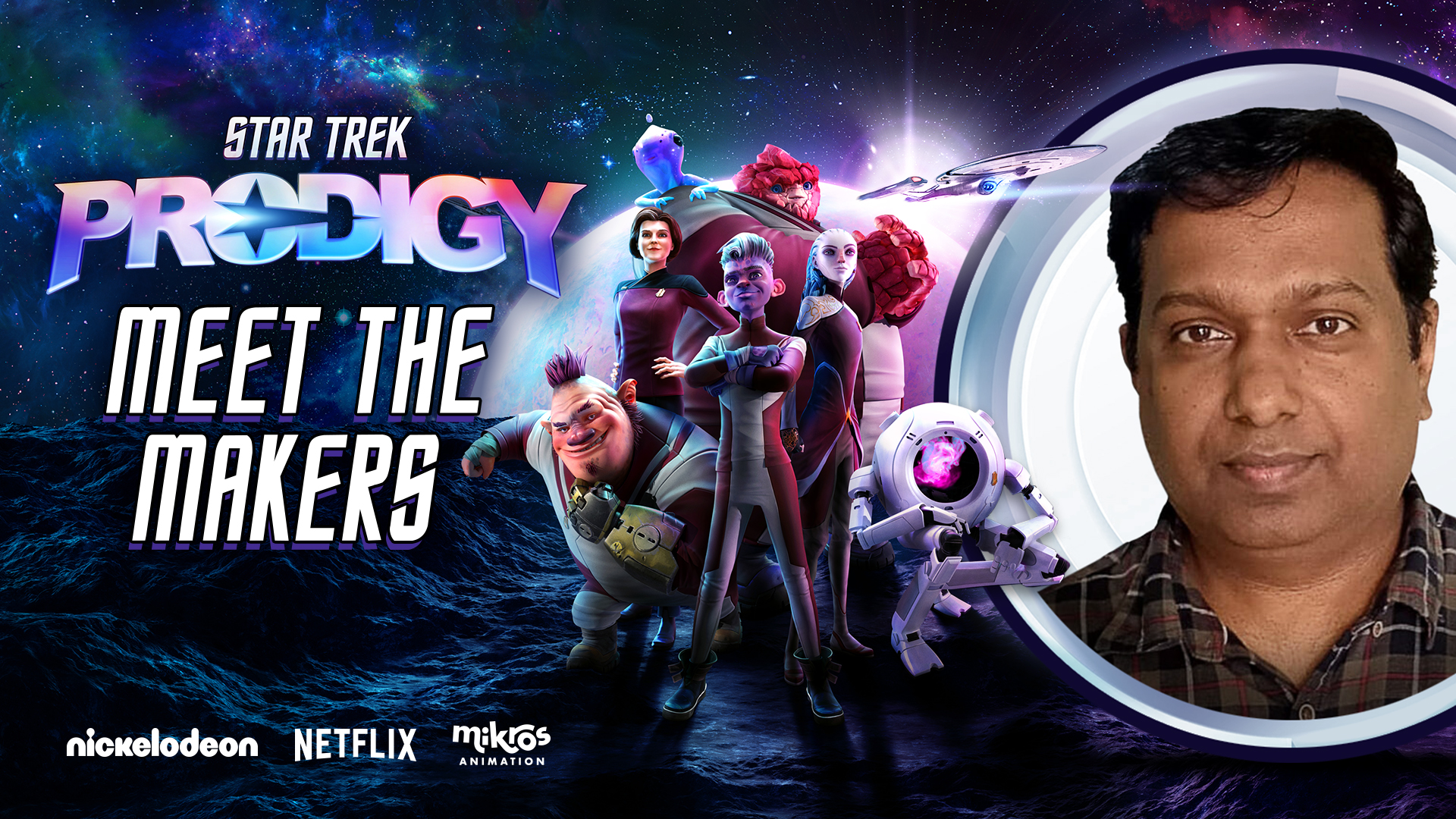
In this Meet The Makers, we’re excited to introduce Ajesh Thazhakkandy, the Senior Animation Supervisor behind the captivating Star Trek: Prodigy. With his extensive experience in animation, Ajesh takes us behind the scenes of this iconic series, sharing insights into the technical and creative challenges his team faced. Discover how they brought the Star Trek universe to life in 3D, the innovations introduced each season, and the valuable lessons learned from this remarkable project.
- Were you already familiar with the Star Trek universe before you started work on the series?
Yes, I have watched some of the Star Trek movies, but I delved deeper into the Star Trek universe when I started working on the project.
- What did you find different about season 2?
The first season impressed me with its focus on characterization. Its setup was unique, featuring characters from outside the Federation learning practical lessons about core values and their application. Prodigy Season 2 continues the thrilling and heartwarming journey of the series, incorporating time travel and strong character development. Additionally, Season 2 reintroduces some legacy characters.
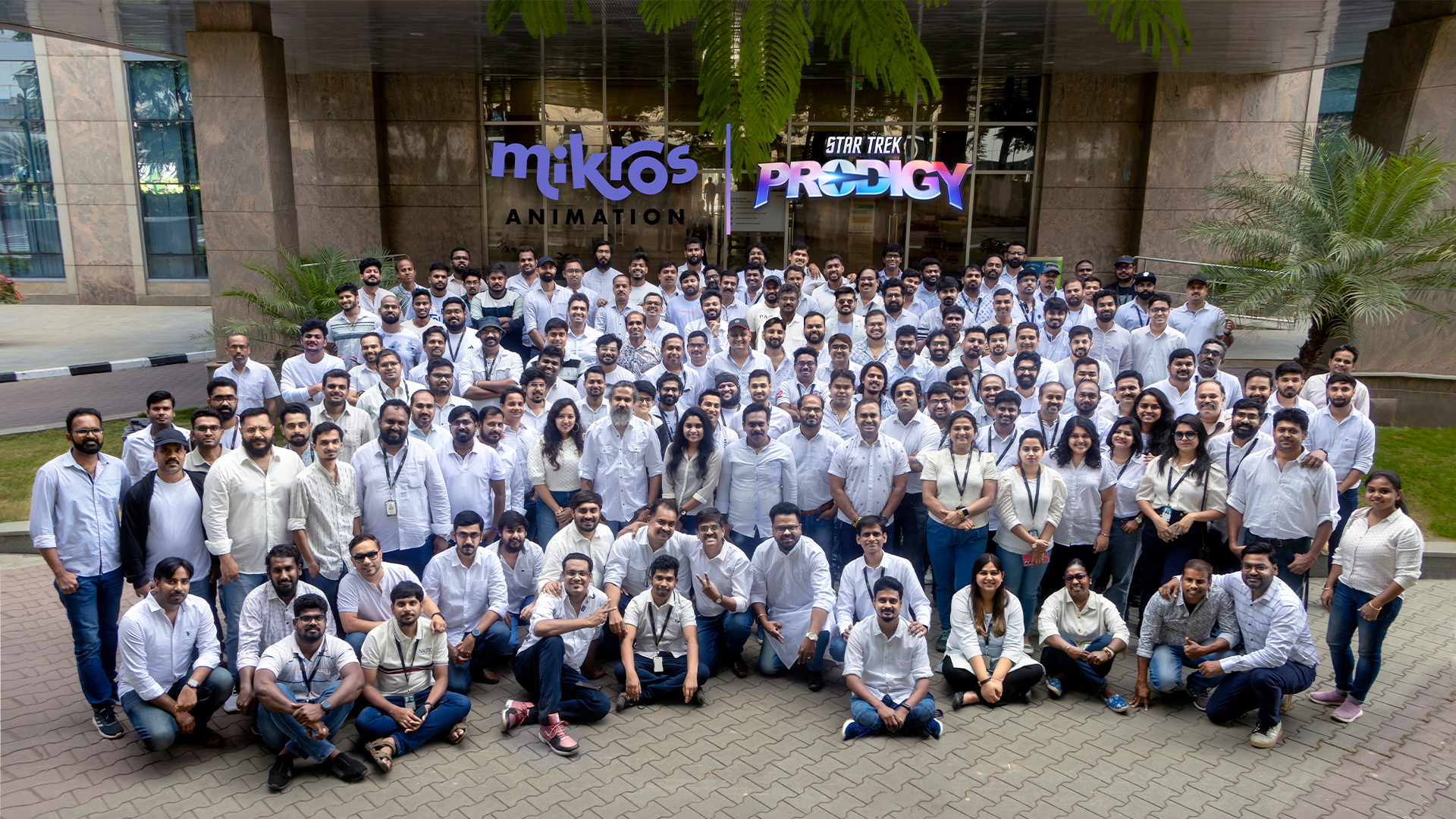
- Can you talk about the creative process behind the animation of “Star Trek: Prodigy”?
We had 9 teams of animators, each led by a team lead and supervised by a lipsync lead. Each team consisted of 14 animators. Prior to beginning each episode, we conducted an episodic launch with show director Ben Hibon to gather all necessary information about the episode and characterizations. Following this, we held an internal animatic session with the team to explain the story, discuss it, and address any doubts the animators had. We also discussed challenges and devised solutions before commencing the layouts. Additionally, we collected reference materials from the client specific to each character, ensuring we had references for every shot in the animation. To maintain quality, we instituted a requirement for each animator to act out their shots and have them approved by the team lead and supervisor before beginning any animation.
- What were the biggest technical challenges you faced for both seasons of the series?
Star Trek: Prodigy features very large, heavy, and detailed sets. Our pipeline team effectively managed this by providing lighter versions of the assets to the animation team. One of the most challenging aspects in Season 1 was identifying the acting areas within these expansive sets. Positioning the characters and camera to match the animatic proved to be a significant task. Another technical challenge involved addressing flickering issues when animating spaceships in vast space. Ships traveling far from the grid often caused these flickering problems. In Season 2, we received background references from the client, which greatly aided in identifying the acting areas and ensuring proper layout fixes.
- How did you approach the design of the settings and environments to faithfully reflect the aesthetic of the Star Trek universe while bringing a unique touch to “Prodigy”?
We have massive and elaborate sets, and we made every effort to showcase the detailed and amazing work in all our sequences while maintaining consistency. The level of detail in the sets is clearly evident, and all assets have been portrayed accurately. Additionally, the Nickelodeon team instructed us to prominently feature these magnificent sets, especially showcasing detailed areas, in as many scenes as possible.
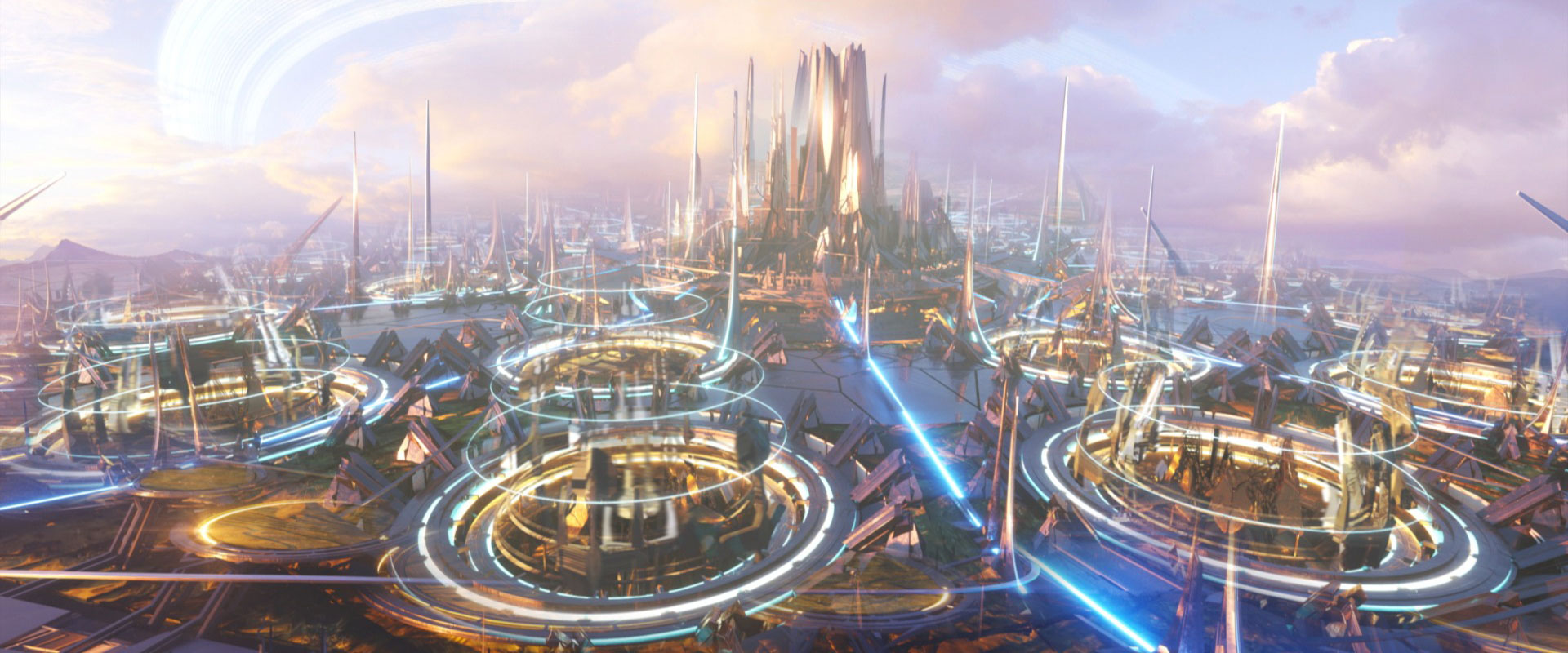
- Can you share details about the technology and software you used?
We developed numerous tools and explored various methodologies, workflows, and concepts that enhanced the overall quality of the show. We leveraged technology and creative ideas to ensure our pipeline was robust and efficient.
- Used Maya for animation and LRC.
- Full utilization of Shotgun to track production data right from scheduling to final delivery of shots.
- Tracked acting videos, perspective play blasts, and master shots.
- Enhanced RV player for customized reviews.
- Which characters, scenes, or sequences are you most proud of in “Star Trek: Prodigy,”?
I like almost all the characters, but Gwyn is my favorite. She is portrayed as brave, intelligent, and resourceful. Gwyn often assumes leadership roles within the group of young aliens, using her skills and determination to solve problems and navigate challenges. Her acting and movements are very subtle, and the action scenes she’s involved in are really engaging and interesting to work on.
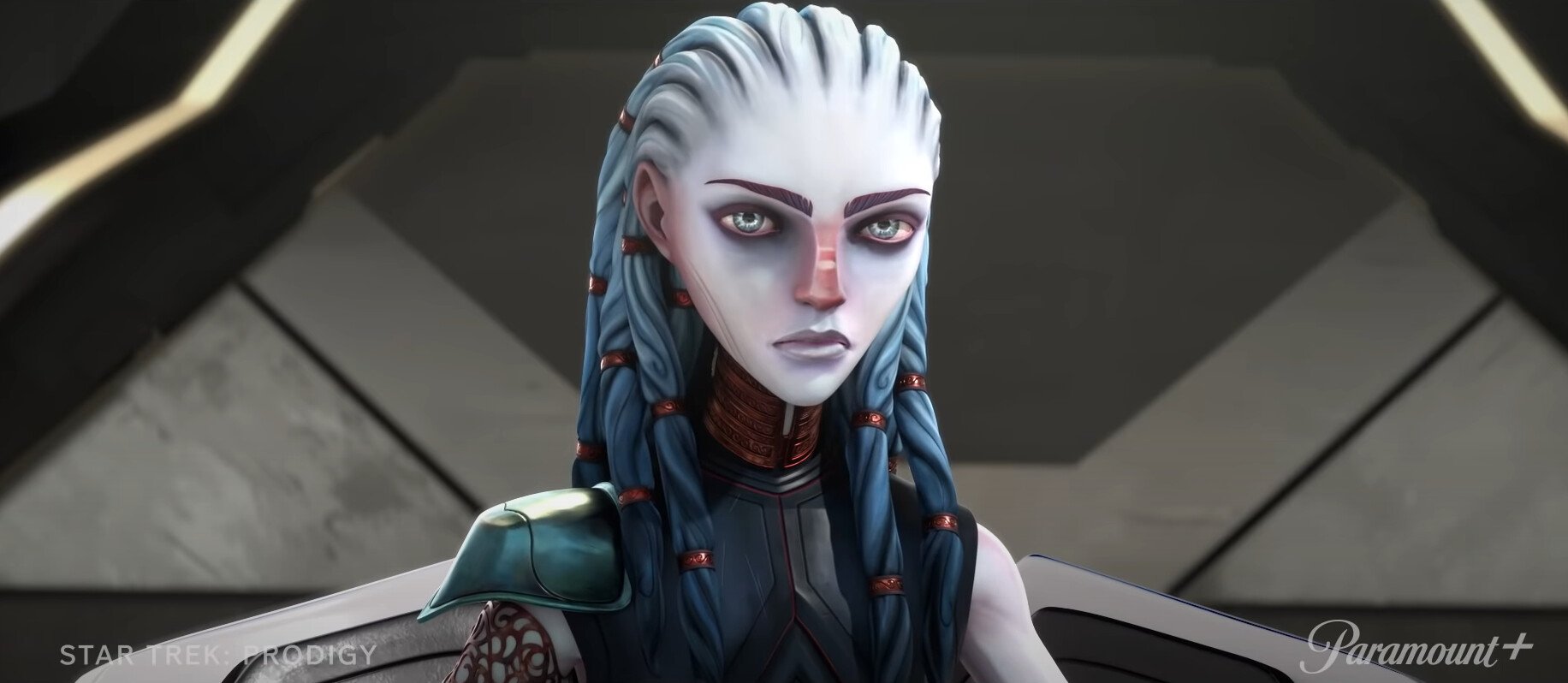
- How did your team manage visual and narrative continuity across different seasons and episodes?
We had regular catch-ups between the showrunner, directors, and other key stakeholders to identify and correct any deviations from established continuity guidelines. We maintained proper communication within the team to align everyone’s expectations and address issues promptly. This continuity in the creative team helps ensure that the vision and style remain consistent.
- What lessons or insights did you gain from working on this project that you plan to apply to your future projects?
In terms of animation quality, Star Trek: Prodigy is the best show I’ve ever worked on. It was unlike any other show I’ve done before. The expectations in terms of character performance and actions were higher, but we delivered the show as expected, and the output was stunning.
Star Trek episodes are 22 minutes long, and we executed the animation in two batches. We assigned the first 11 minutes of animation to all 14 animators, completed it, and sent it to the client. Soon after, we began animating the next 11 minutes. While working on the second part, we received client notes for the first part, allowing us to continue our work without delay.
With clear goals, effective planning, transparent communication, and talented teams, we can confidently tackle any type of show in the future

